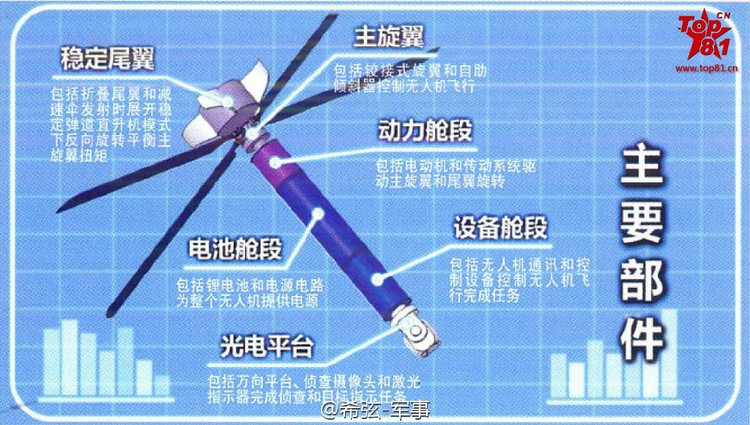
A cylindrical drone integrated inside a 155mm gun developed by China. Photo: Xinhua
First introduced in 2024, 'Tianyan' not only demonstrates innovation in design but also promises to change the way artillery operates on the modern battlefield. With its rapid reconnaissance, precise target designation and flexible attack capabilities, this technology is posing a new challenge to opponents in the Asia- Pacific region.
The 'Tianyan' project is a joint effort between China's leading defense companies to develop a 155mm artillery shell capable of carrying and launching small UAVs from the barrel. The unique feature of 'Tianyan' lies in the combination of traditional artillery shells and unmanned technology, allowing UAVs to be deployed directly on the battlefield without the need for a dedicated launcher.

The technology is designed for use with standard artillery systems such as the PLZ-05 self-propelled gun or the FH-70 towed gun of the People's Liberation Army (PLA).
After being fired from the gun barrel, the 'Tianyan' shell will reach a programmed altitude, separate its casing and release a compact UAV. This UAV then switches to controlled flight mode, performing missions such as reconnaissance, target designation, or even direct attack. With a range of 25-30km and a UAV flight time of 15 to 30 minutes, 'Tianyan' provides flexible combat capabilities within a radius of 10-15km.
Advanced design and technology
The 'Tianyan' artillery shell is designed to be fully compatible with existing 155mm artillery systems, reducing deployment costs and increasing practicality. The shell's structure includes the following main components:
The shell is made from high heat and pressure resistant materials, ensuring durability when fired from the barrel.
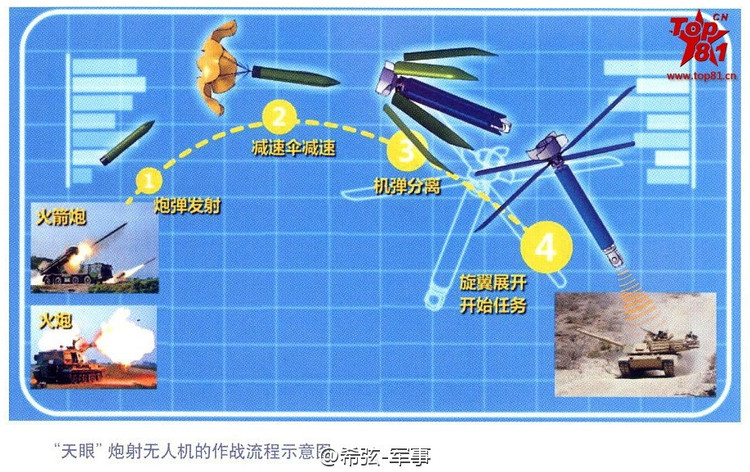
Combat procedure of drone launched from 155mm Tianyan artillery shell. Photo: Xinhua
The UAV inside has a folding wing design, which opens after launch to ensure stable flight. The UAV is equipped with a combined GPS and Beidou (China's satellite navigation system) navigation system, along with electro-optical sensors to detect and track targets.
Depending on the mission, UAVs can carry surveillance cameras, electronic jammers, or small warheads to attack high-value targets such as armored vehicles or command posts.
UAVs are programmed to operate autonomously or remotely, with anti-jamming capabilities in complex electronic warfare environments.
This design not only optimizes aerodynamics but also minimizes preparation time, allowing artillery to deploy UAVs quickly and unexpectedly.
Tactical application
'Tianyan' brings many tactical advantages to Chinese artillery, especially in modern combat scenarios:
UAVs launched from artillery shells can quickly collect information about the location, fortifications or movements of enemy forces, providing accurate data for subsequent attacks.
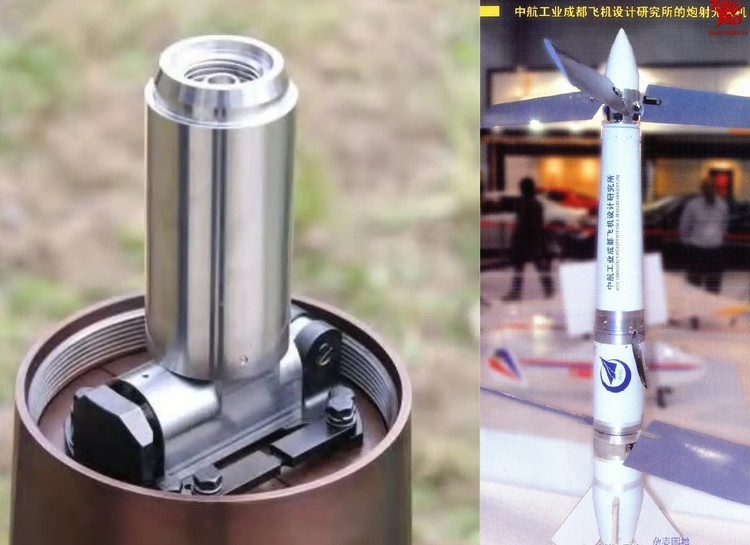
With advanced electro-optical sensors and guidance systems, UAVs can determine target coordinates with high accuracy, supporting artillery or missile attacks more effectively.
In some configurations, UAVs can carry small warheads to destroy targets, reducing reliance on other means of attack.
Launching UAVs directly from artillery shells eliminates the need for dedicated launchers, concealing tactical intentions and reducing the risk of detection.
The ability to operate in environments with electronic interference is also a strong point, making the 'Tianyan' an ideal tool in operations requiring high precision and speed.
Strategic significance
The 'Tianyan' project is a testament to China's ambitions to modernize its artillery force and keep up with global trends in unmanned technology.
In a context where modern conflicts increasingly rely on smart weapons, the 'Tianyan' offers a significant tactical advantage by combining the mobility of artillery with the reconnaissance and strike capabilities of a UAV.
'Tianyan' stands out for its compatibility with standard artillery systems, reducing costs and increasing flexibility. This technology also demonstrates China's ability to be self-sufficient in the defense sector, especially in the context of competition with major powers such as the US and Russia.
Deploying UAVs from artillery shells could help the PLA maintain an advantage in local or large-scale conflict scenarios.
Source: https://khoahocdoisong.vn/tich-hop-uav-vao-dan-155mm-phao-binh-trung-quoc-nhan-doi-suc-manh-post1552962.html


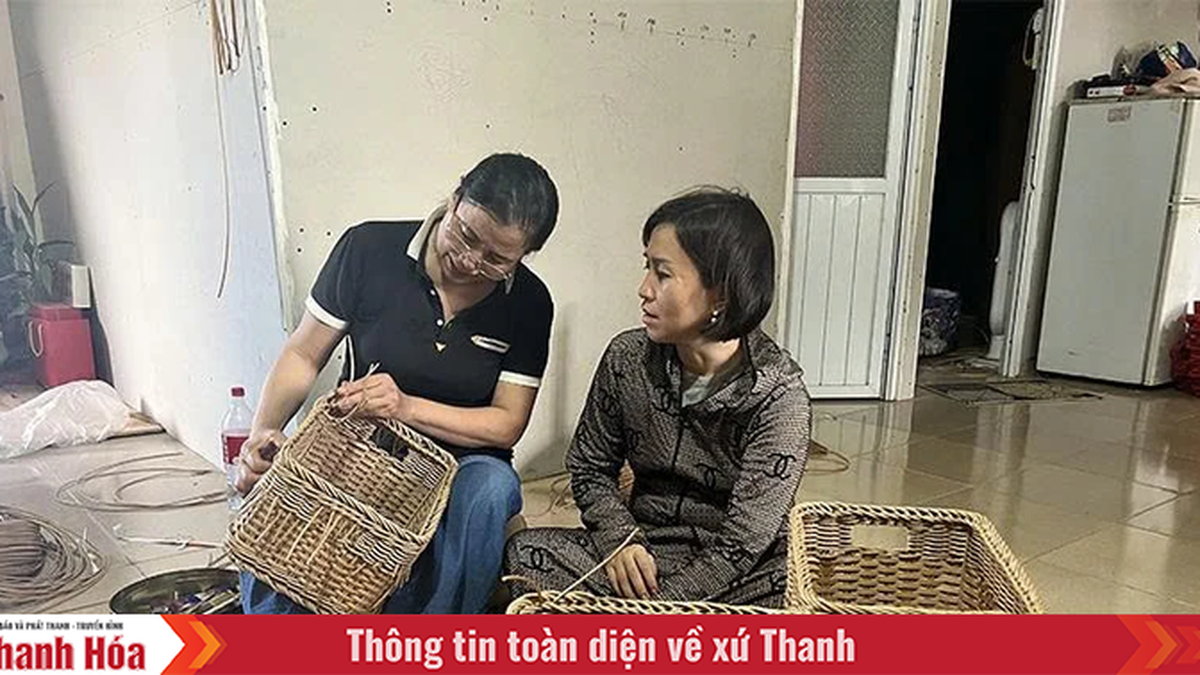
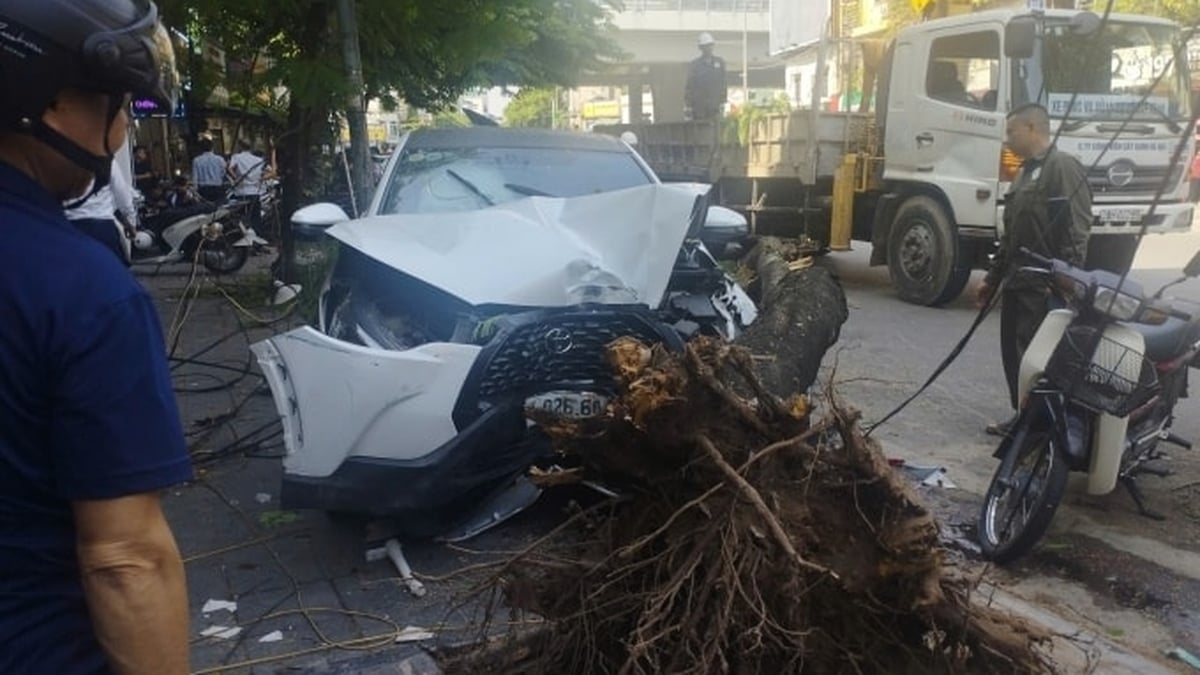




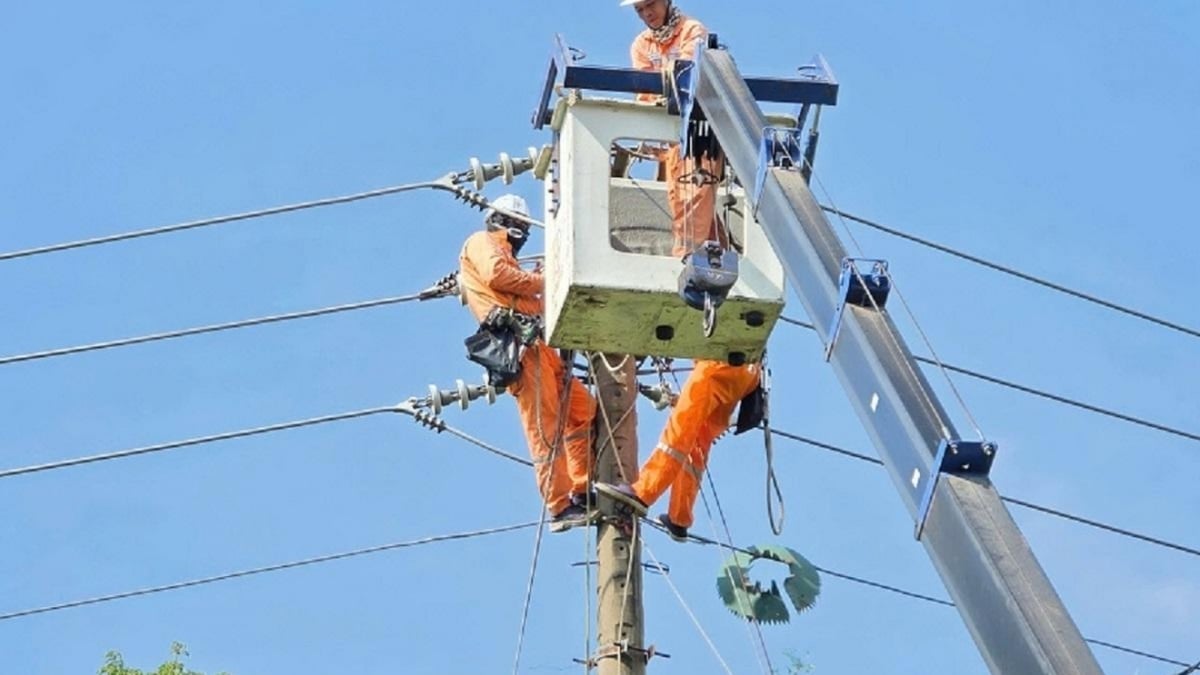


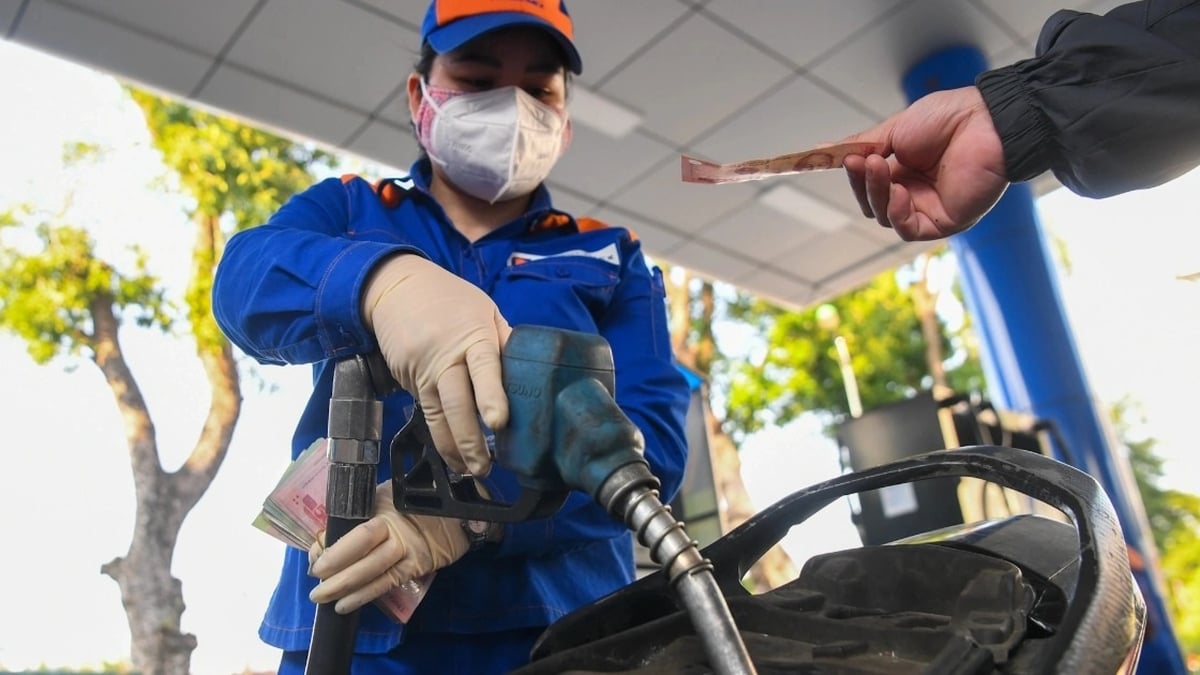











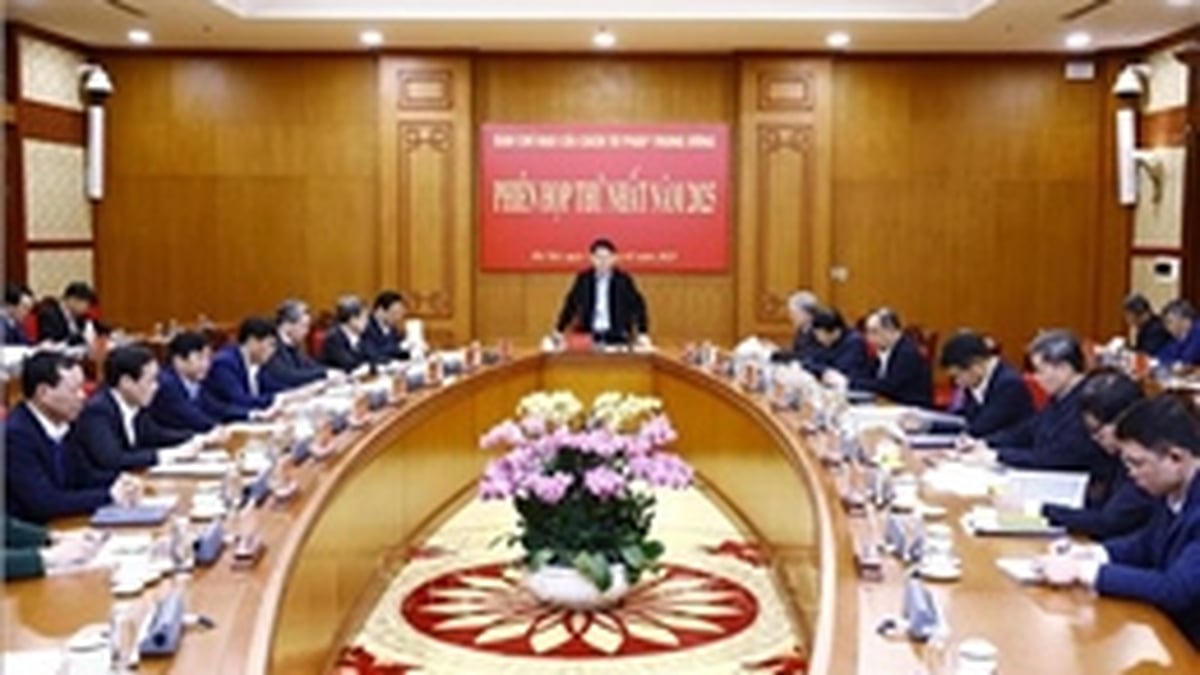








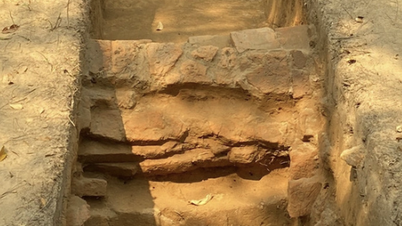




















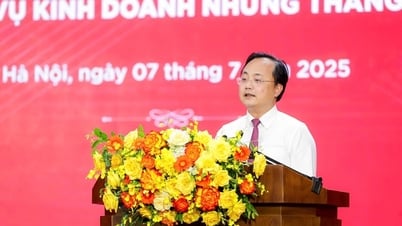

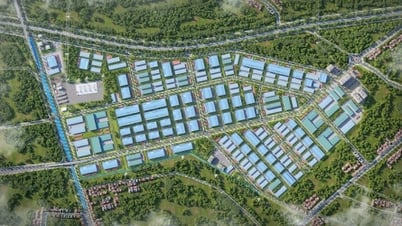







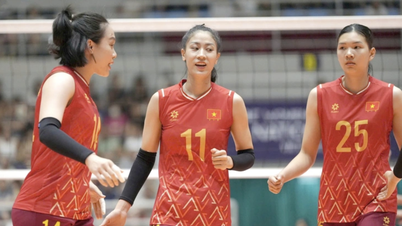





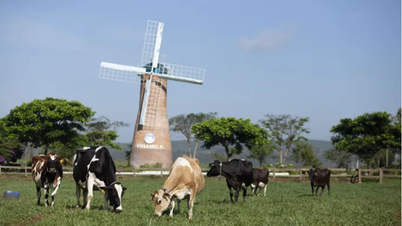














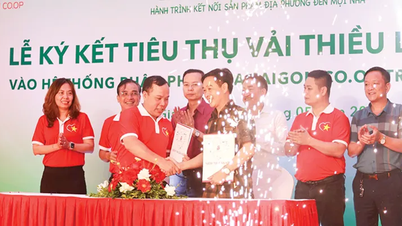








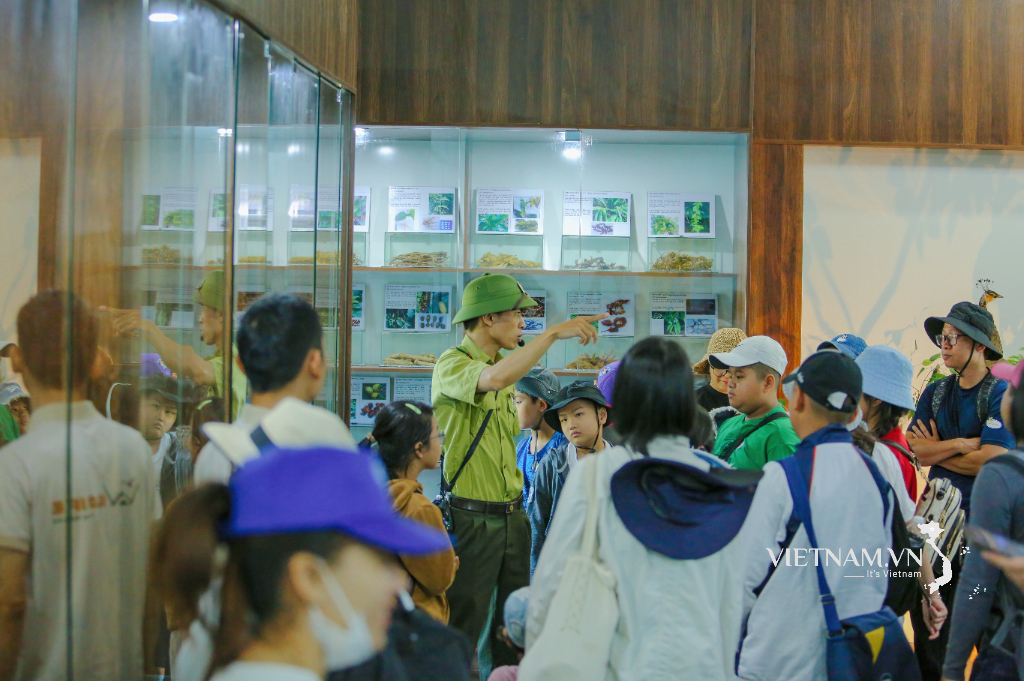



Comment (0)